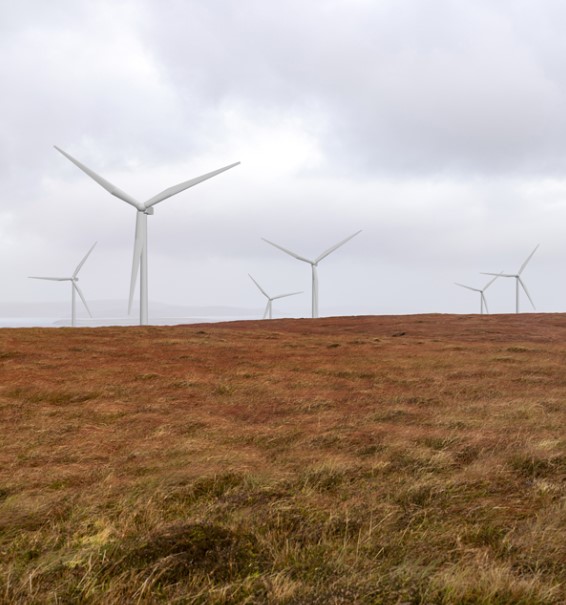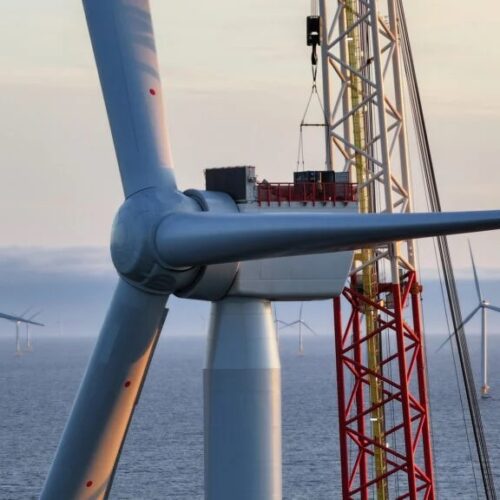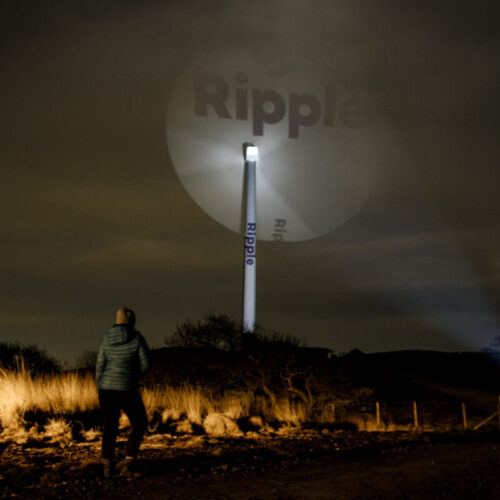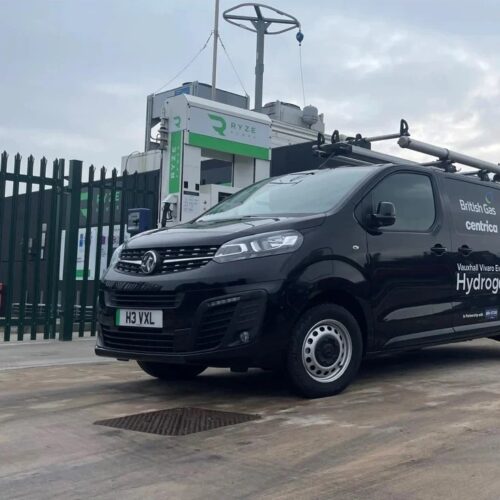Neshion has revealed that planning is underway for a wind-plus-storage project in Scotland, in partnership with Shetland Aerogenerators.
Development on the proposed Neshion Energy Park (NEP) is being led by Shetland Areogenerators on behalf of Neshion. If approved, the development will be made up of up to 10 wind turbines, a 25MW battery energy storage system (BESS) and a number of other necessary infrastructure onsite.
The developers have not stated what they expect the generating capacity of the energy park to be, however, they have said that it will be over 50MW. As the development will be over 50MW, an application must be made to Scottish ministers at the Energy Consents Unit (ECU) as well as local authorities.
The developers of the project say the site on Shetland is ideal, as it sits next to an existing oil terminal, and also benefits from an average wind speed of 9.5-10m/s.
Planning permission is being sought for a 40-year period. A scoping report has now been submitted to the ECU, and public engagement events are set to take place in the local community later this month. Following this, an environmental impact assessment will be undertaken between March and November 2025, before the submission of a full planning application in November. In the meantime, a second public engagement event will take place in August this year.
A decision on the planning application is expected to be given in either 2026 or 2027. If planning consent is granted, construction will take place between 2028 and 2030, and the project will be operational between 2030 and 2070.
Chief executive of Shetland Aerogenerators and director of Neshion Ltd, David Thomson said: “The submission of our Scoping Report to the ECU is a milestone for this project. As we prepare to submit a full planning application, we are also exploring how this project can help deliver Shetland’s ambitions to secure a Fair Share from clean energy development.”
“Neshion Energy Park is being developed in Shetland, by Shetland and for Shetland. We want to help maximise the benefits of the energy transition for the people who live here and become a standard bearer for projects across Scotland.”
Co-location with wind needs support from policy changes
The news comes in the wake of a report from a leading trade association which says that the planning system needs reform to support co-location of storage and offshore wind.
The report by RenewableUK, entitled Offshore wind co-location: integrating offshore wind with flexibility, notes that around only 3MW of operational battery storage is currently co-located with wind projects in UK waters, a significant problem when the National Energy System Operator (NESO) spends millions each year to turn off wind turbines at times of low demand and excessive supply.
RenewableUK recommended, among other things, that the Contracts for Difference system be reformed in order to encourage co-location at a wide range of renewable energy projects, including offshore wind developments.
According to the trade group, reforms to planning and financial support systems could help prevent curtailment, while also ensuring that offshore wind generation is used more efficiently and prevent spikes and lulls in generation.






